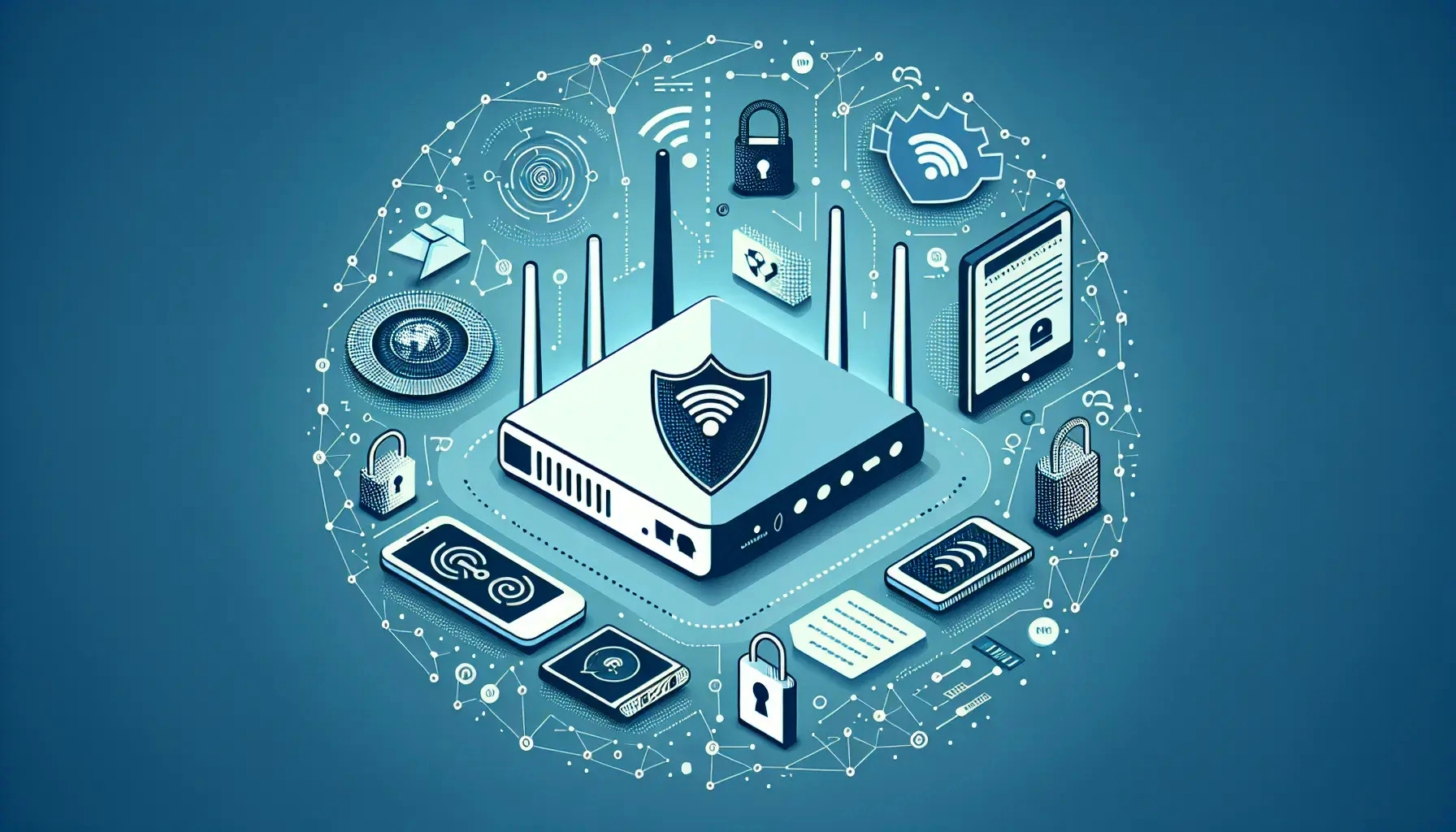In the digital age, securing wireless networks has become a necessity, not a luxury. With the rise of cyber threats, it's crucial to protect your network from potential intruders. This blog post will provide you with essential tips to ensure your wireless networks remain secure. We'll delve into various strategies, from setting strong passwords to using network encryption, to keep your data safe and secure.
Understanding the Importance of Network Security
The importance of network security cannot be overstated. It's the first line of defense against cyber threats. Without proper security measures in place, your network becomes an easy target for hackers. They can steal sensitive data, disrupt your network, or even use your network to launch attacks on others.
Network security is not just about protecting your data. It's also about maintaining the integrity of your network. A secure network ensures that your devices can communicate with each other without interference. It also guarantees that your network will function as intended, without any unexpected disruptions.
Moreover, network security is a legal requirement for many businesses. Laws such as the General Data Protection Regulation (GDPR) in the European Union and the California Consumer Privacy Act (CCPA) in the United States mandate businesses to protect their customers' data. Failure to comply with these laws can result in hefty fines.
Setting Strong Passwords
One of the simplest yet most effective ways to secure your wireless network is by setting a strong password. A strong password is your first line of defense against unauthorized access to your network.
When setting a password, avoid using common words or phrases. Hackers often use a technique called "dictionary attack" where they try every word in the dictionary to guess your password. Instead, use a combination of upper and lower case letters, numbers, and special characters.
Moreover, avoid using personal information such as your name, birthdate, or address as your password. This information can be easily found online, making your password easy to guess.
Lastly, change your password regularly. This ensures that even if someone manages to guess your password, they won't have access to your network for long.
Using Network Encryption
Network encryption is another crucial aspect of securing your wireless network. Encryption scrambles the data sent over your network, making it unreadable to anyone who doesn't have the decryption key.
There are several types of network encryption, but the most common ones are Wired Equivalent Privacy (WEP), Wi-Fi Protected Access (WPA), and Wi-Fi Protected Access 2 (WPA2). WPA2 is currently the most secure type of network encryption.
To enable network encryption, you need to access your router's settings. The process varies depending on the brand and model of your router, but it usually involves logging into the router's web interface and selecting the desired encryption type.
Implementing a Firewall
A firewall is a system that monitors and controls incoming and outgoing network traffic based on predetermined security rules. It serves as a barrier between a trusted network (your wireless network) and an untrusted network (the internet).
Most routers come with a built-in firewall. However, it's usually turned off by default. To turn it on, you need to access your router's settings and enable the firewall.
In addition to the router's firewall, you should also consider installing a software firewall on your devices. This provides an additional layer of protection in case your router's firewall fails.
Regularly Updating Your Router's Firmware
Router manufacturers regularly release firmware updates to fix security vulnerabilities and improve the router's performance. By not updating your router's firmware, you're leaving your network vulnerable to attacks.
Updating your router's firmware is usually a straightforward process. It typically involves downloading the firmware update from the manufacturer's website and uploading it to your router through the router's web interface.
However, before updating your router's firmware, make sure to back up your router's settings. This ensures that you can quickly restore your network in case something goes wrong during the update.
Disabling Remote Management
Remote management allows you to access your router's settings from anywhere on the internet. While this feature can be convenient, it also poses a significant security risk. If a hacker manages to guess your router's password, they can change your router's settings and take over your network.
To disable remote management, you need to access your router's settings and turn off the remote management feature. This ensures that only devices connected to your network can access your router's settings.
Wrapping Up: Secure Your Wireless Networks Today
Securing your wireless networks is a critical task that should not be taken lightly. From setting strong passwords to regularly updating your router's firmware, each step plays a vital role in keeping your network safe. Remember, a secure network is not only about protecting your data but also about ensuring the integrity and reliability of your network. So, don't wait. Start securing your wireless networks today.

